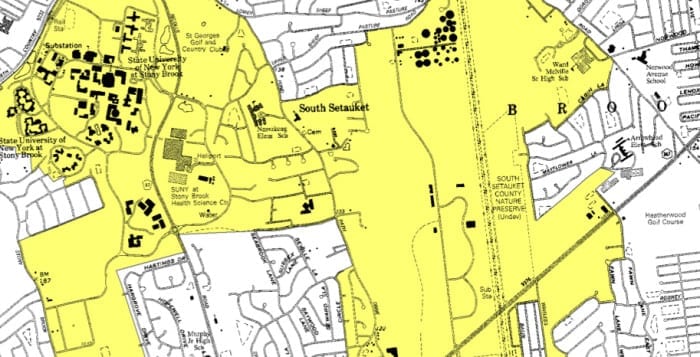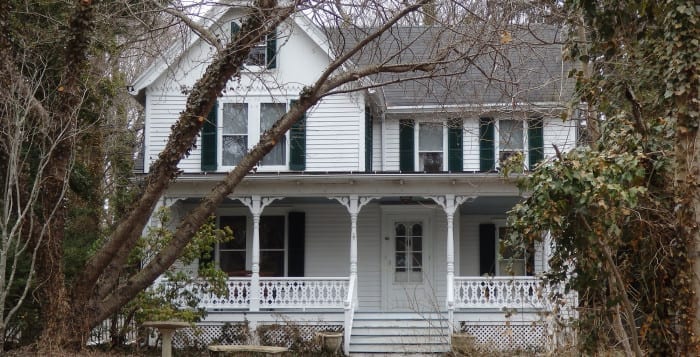Port Jefferson Village could add 50 more spaces to its metered parking arsenal, drawing them on asphalt in the town’s marina lot.
The village is leasing the spots as part of an agreement with Brookhaven Town regarding the historic First National Bank of Port Jefferson building at the corner of Main and East Main streets.
Town officials are selling the former bank — and the attached building on East Main Street that used to house the Brookhaven tax receiver’s office — to local developer Agrino Holdings LLC, which has approval from the Port Jefferson Planning Board to put retail space on the first floors and apartments above. The developer plans to renovate the tax receiver’s office and restore the bank building, a historic landmark.
But downtown Port Jefferson has a perennial parking problem, with a constant space shortage that can make it difficult for new developments to meet requirements in the village code. To offset the lack of spaces at the site of the mixed-use project, the town has been working with the village for more than a year on a parking space swap — leasing to the village some spots at the town-owned marina lot two blocks away.
The original plan involved the roughly 30 existing spaces that wrap around the old Suffolk County Water Authority building across West Broadway from McDonald’s. But Trustee Larry LaPointe explained at Monday’s board of trustees meeting that it would have involved “a spaghetti of easements and curb cuts.”
Instead the village will get land on the western end of the marina lot, near Beach Street, that it will restripe and meter. LaPointe said the size of that section will allow the village to create 50 new parking spaces, whereas the previous arrangement would have merely transferred ownership of 30 spots.
Revenue from the village’s other parking meters will cover the costs of restriping and adding the new meter.














